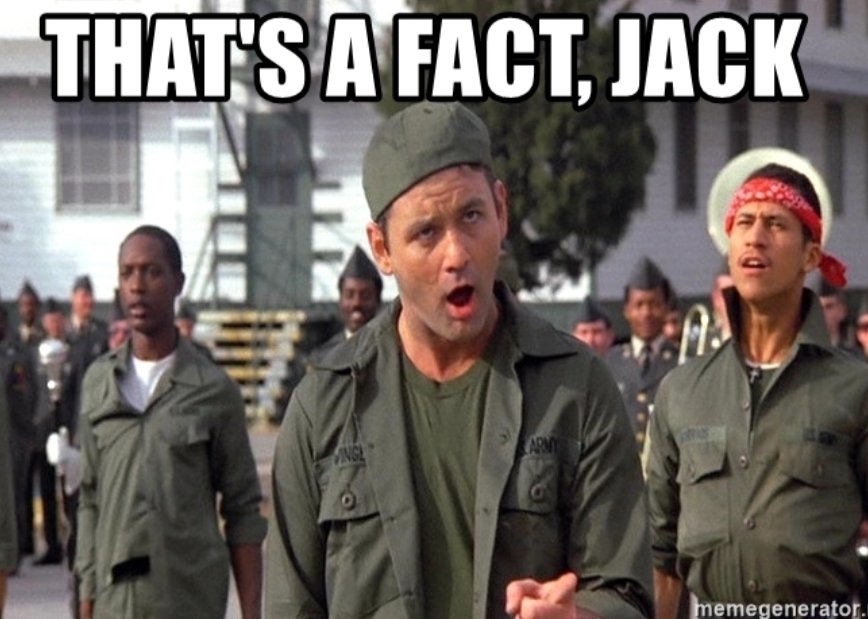Mikey P
Administrator
- Joined
- Oct 6, 2006
- Messages
- 117,049
this has been the toughest App segment to write...
Natural Fabric Issues
Natural fiber fabrics have long been valued for their feel and texture as well as their appearance. Many also appreciate natural fibers for their low impact on the environment. While most modern synthetic upholstery fabrics can handle the aggressive measures it takes to remove heavy soiling, most natural fiber fabrics require a lighter touch.
Cotton, Linen, Silk, Wool and Viscose fabrics are all susceptible to color loss, bleeding, texture change, shrinkage, yellowing or worse if not handled with care by an experienced IICRC certified textile specialist. Specialty water based cleaning agents and tools all must be carefully chosen and used with expertise to prevent damage to the fabric.
There are low moisture and dry cleaning methods available that are very safe but unfortunately are not very effective on heavy soiling. If your natural fiber upholstery piece has been neglected or abused, there can be no guarantee that the end result will meet your expectations
Using a pair of abused cotton blue jeans as an example, with every wash cycle some shrinkage, color loss, thinning of the material and some permanent staining occurs. For this reason we recommend that natural fiber upholstery only be used in low use areas of your home.
The IICRC highly recommends having all natural fabrics treated with a fabric protector. The protective barrier will help keep stains from setting, make vacuuming dry soils more effective and will allow for more aggressive measures to be used during spot or professional cleanings.
Obviously not Darcie'd yet...
I'm totally open to taking another approach....
Natural Fabric Issues
Natural fiber fabrics have long been valued for their feel and texture as well as their appearance. Many also appreciate natural fibers for their low impact on the environment. While most modern synthetic upholstery fabrics can handle the aggressive measures it takes to remove heavy soiling, most natural fiber fabrics require a lighter touch.
Cotton, Linen, Silk, Wool and Viscose fabrics are all susceptible to color loss, bleeding, texture change, shrinkage, yellowing or worse if not handled with care by an experienced IICRC certified textile specialist. Specialty water based cleaning agents and tools all must be carefully chosen and used with expertise to prevent damage to the fabric.
There are low moisture and dry cleaning methods available that are very safe but unfortunately are not very effective on heavy soiling. If your natural fiber upholstery piece has been neglected or abused, there can be no guarantee that the end result will meet your expectations
Using a pair of abused cotton blue jeans as an example, with every wash cycle some shrinkage, color loss, thinning of the material and some permanent staining occurs. For this reason we recommend that natural fiber upholstery only be used in low use areas of your home.
The IICRC highly recommends having all natural fabrics treated with a fabric protector. The protective barrier will help keep stains from setting, make vacuuming dry soils more effective and will allow for more aggressive measures to be used during spot or professional cleanings.
Obviously not Darcie'd yet...
I'm totally open to taking another approach....
Last edited:



